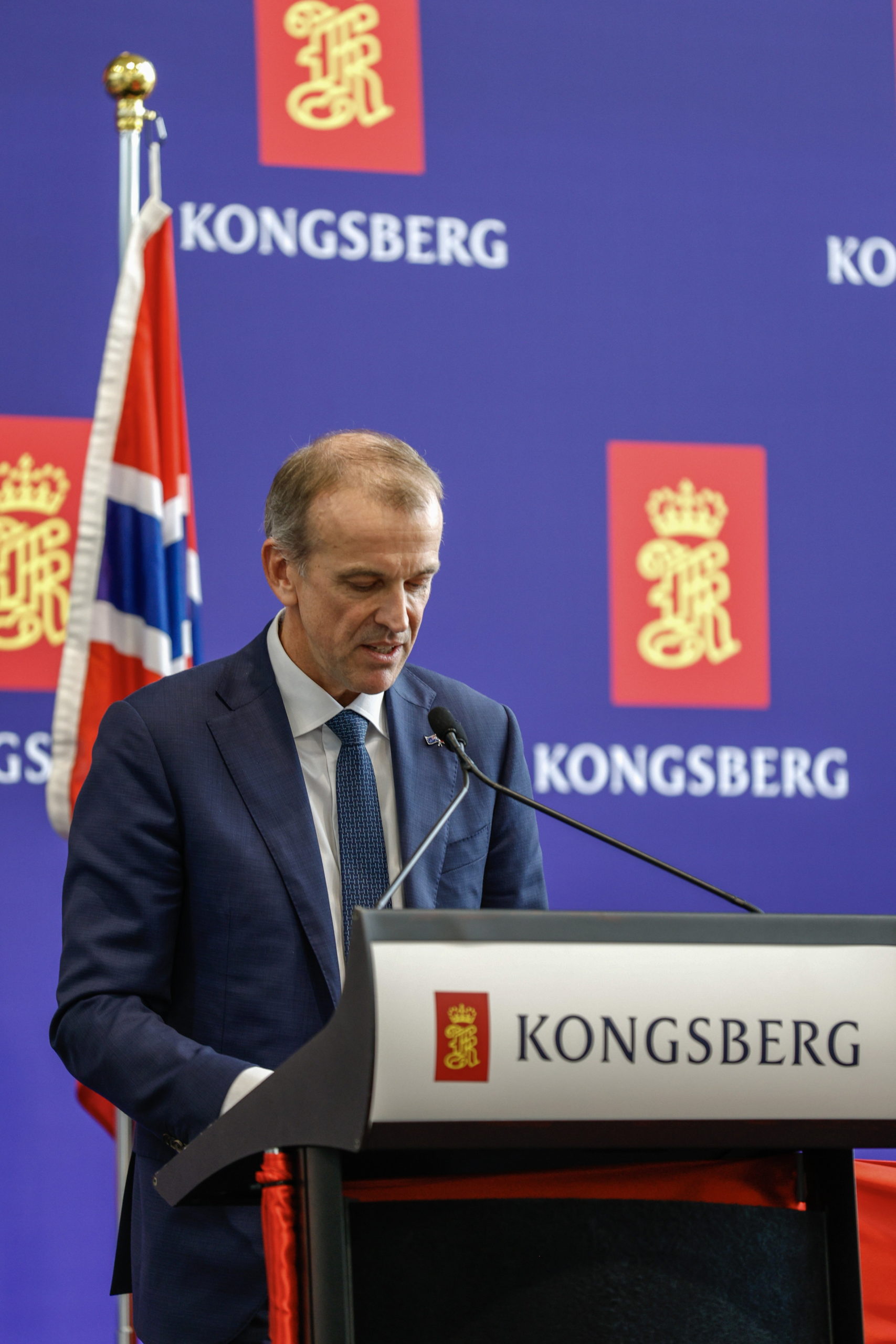Reshaping an Arsenal of Democracy: Australia as an Anchor for Allied Defence Production
When one considers ways ahead in terms of allied Pacific defence, the question of supplies, magazine depth and logistics is a crucial and enduring challenge. Not only do Pacific forces need magazine depth with regard to munitions, but security of supply and capacity to move supplies in the region at the point of need is crucial.
The new Kongsberg plant in Australia is the glimmer of a new way to think about the way ahead for allied defence production for Pacific military operations.
A 5 September 2024 press release from the Australian government announced this development as follows:
The Albanese Government is further accelerating Australia’s long-range strike capability through the acquisition of the Joint Strike Missile (JSM) from 2025. The Government and Norwegian company Kongsberg Defence & Aerospace have signed a $142 million contract to deliver the JSM for use by the Australian Defence Force.
The JSM is designed to allow the missile to fit into the F-35A Lightning II internal weapon bay, preserving the aircraft’s stealth characteristics. With a range of more than 275 kilometres, the JSM’s low-altitude sea-skimming flight profile helps it delay detection and engagement by a target’s defence system.
The accelerated acquisition was announced today alongside Norway’s Minister of Defence, Bjørn Arild Gram, at the opening of Kongsberg Defence Australia’s new $25 million manufacturing facility in Mawson Lakes, South Australia. Kongsberg’s new South Australian facility will have the capacity to employ up to 150 workers and will assemble launchers for the Naval Strike Missile (NSM) using mostly Australian‑manufactured components, creating 20 new local jobs.
This announcement follows the Government’s recent commitment to partner with Kongsberg Defence Australia for the construction of a new facility at the Newcastle Airport precinct capable of manufacturing and maintaining the NSM and JSM – creating more than 500 jobs in the construction phase and delivering almost $100 million in economic benefits to the local area.
One should note that the JSM is enabled in significant part by the building an alliance-wide combat aircraft, the F-35. When working for Secretary Wynne from 2004-2008, the possibility of allied production of a common strike platforms enabled by a common missile was a key point we often underscored.
As important as this development is, we need to think and invest strategically. The United States is no longer the arsenal of democracy as we saw in the Second World War or even the Cold War. If Australia is expecting the U.S. to produce weapons in depth for Australia, Australians are kidding themselves.
And the American forces simply do not have any magazine depth. And it is even worse that that. How does the U.S. transport weapons to the operational force with a limited logistical force? Not enough tankers, not enough airlifters and not enough ships for the Military Sealift Command.
And how do allies such as South Korea and Japan who use common missiles with Australia and the United States shape magazine depth in the region wit security of supply?
I had a chance recently to discuss this challenge with my colleague Stephen Kuper of Defence Connect. What we focused on was the opportunity for Australia to become an anchor for defence production in the munitions area including guided munitions but much expanded over the current concept.
Rather seeing Australia doing limited production for itself, the United States and Europe would expand their notion of security of supply beyond what they produced in their home markets for export. Rather, American and European investments would be made to jointly procure the magazine depth which allied forces need. This also would allow for a more secure location from which to move necessary support to deployed forces.
This is how he put it: “The U.S. and Australia joined by perhaps Japan and South Korea would shape a joint order book to shape a predictable and steady stream of orders which would allow plants in Australia to attract the investment they need to build out capacity.
“This might well attract investment from the larger investment funds because of predictable and steady production at scale from Australian plants for the ADF and allied forces. This would also lead to sorting through the logistical means necessary to move munitions to the partners and to their operational forces.”
This is what I call “embedded logistics” whereby one designs the support center with modes of delivery built into the production construct.
The point can be put bluntly: our capabilities to support our forces with the munitions they need are simply not there.
And the logistical capabilities to move the munitions we do build are inadequate. Simply stockpiling some stock in Australia for U.S. forces will be too little and too late.
We need a reconceptualization of the production-support-logistical system. This is one way to do so.
Featured Image: President of Kongsberg Defence and Aerospace, Mr Eirik Lie, addresses attendees during the opening of Kongsberg Defence Australia’s newest facility in Mawson Lakes, South Australia. September 5, 2024. Credit: Australian Department of Defence.
See also the following:

